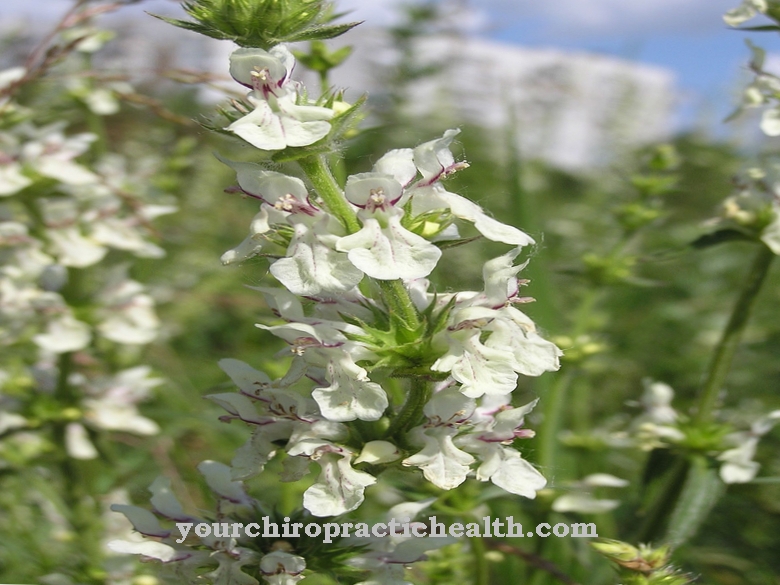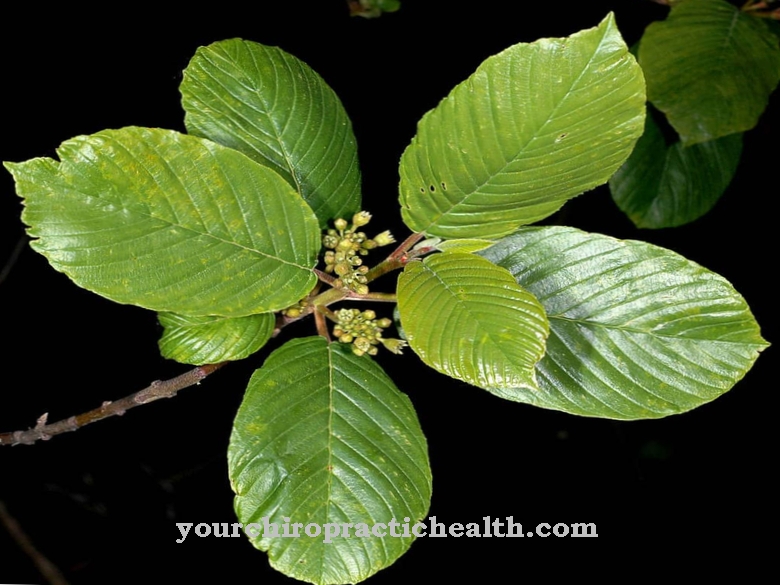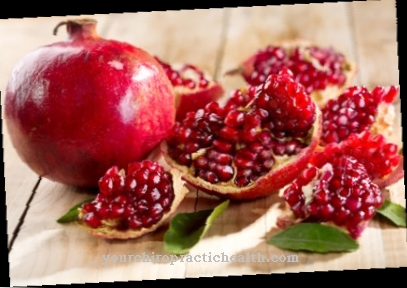Comfrey, the universal medicinal herb of ancient folk medicine, has many names and its medicinal plant substances help with innumerable physical ailments. More than 2000 years ago the ancient Greeks and Romans used comfrey as a well-proven internal and external natural remedy. Even today, comfrey is widely used as a traditional ethnobotanical medicine.
Occurrence & cultivation of comfrey

Comfrey has been the first aid saver for broken bones, open wounds and injuries to tendons and ligaments for centuries. Even the English doctor and pharmacist Nicholas Culpeper noted in the 17th century: "Comfrey has such power to heal and assemble that cut pieces of meat grow together again if you cook them with comfrey in a pot."
Effect & application
The common comfrey is a deciduous, herbaceous, bushy and perennial plant that reaches a height of between 30 and 60 centimeters, rarely up to 150 centimeters. Their stems and leaves are hard and bristly hairy. The flowering time with many, profusely blooming double wraps is from May to September. The fast-growing keleriac appreciates sunny to partially shaded soils, especially nitrogen-containing, moist clay soils on stream banks, moor meadows and forest edges up to an altitude of 1000 meters.
Comfrey forms racemose inflorescences with purple to purple flowers. Its distribution area in Eurasia ranges from Austria to Spain to China. Fresh comfrey leaves have a concentrated, biologically high-quality protein content - comparable to animal protein. Comfrey leaves are still baked in batter in Switzerland today. The large, rollable sheets are well suited for wrapping.
In the past, the dried leaves of the medicinal plant were even used as a tobacco ingredient in German-speaking countries. In today's herbal medicine, the rhizome is mostly processed. The best time to harvest the roots are March and April and the autumn months of October and November. Fresh or dried roots are recognized as medicinal products in modern medicine. In addition to the comfrey leaves, these contain an abundance of valuable plant ingredients.
The external areas of application of the well-tried medicinal herb are extremely diverse. Its roots and leaves contain highly concentrated active ingredients such as the cosmetically and medically proven beauty product allantoin to accelerate cell construction and stimulate cell regeneration. Due to its particularly high allantoin content, comfrey is used for so-called blunt trauma. Its strong decongestant, anti-inflammatory and pain-relieving properties are attributed in particular to the skin care ingredient allantoin.
Comfrey is also rich in valuable, medicinally effective mucus and tannins, flavonoids, silica, rosmarinic acid, asparagine, vitamin B12, choline, sterols and tripertens. Pharmacies, medicinal herb shops and manufacturers of natural medicines mostly offer practical ready-made products such as ointments ("Kytta ointment"), gels and creams. Preparations for wraps, ointment envelopes, envelopes with comfrey extract or comfrey tea and porridge packs are also popular.
In principle, caution is required with recipe instructions for self-mixing, because dosage forms that can be used externally are also subject to medical restrictions. In case of doubt, specialist advice should be obtained before uncontrolled self-therapy. Real comfrey is an extremely potent ethnobotanical.
Even the nature-loving Indian tribes of America recognized its healing properties early on. Comfrey has astringent, calming, anti-inflammatory, hemostatic, hematopoietic, wound-healing, cooling, soothing and analgesic properties.
The traditional naturopathic knowledge has long made use of these comprehensive and scientifically proven healing powers. Comfrey is not only used in the traditional way as a wound healing agent for abscesses that do not heal well, broken bones, tendinitis or glandular swellings.
It is also used as a powerful herbal therapeutic agent for a variety of diseases and injuries: among other things, abscesses, burns and bruises, as well as osteoarthritis, gastritis and diabetes mellitus. Symptoms with varicose veins, sciatica or ulcers can be alleviated. Comfrey is also a proven natural remedy for respiratory diseases such as asthma, pneumonia and bronchitis.
Importance for health, treatment & prevention
Comfrey recipes handed down from folk medicine and traditional preparations for internal use in the form of teas or tinctures have now disappeared from naturopathic practice. The reason: Comfrey contains varying amounts of carcinogenic pyrrolizidine alkaloids. In animal experiments, these alkaloids have been classified as damaging to the liver and causing cancer, but they are harmless to health in minimal doses. In Germany, the internal use of comfrey products is only permitted to a limited extent.
In North America, preparations for oral administration have not been marketed for a long time. Comfrey plant species without harmful alkaloids have been around since the 1990s, and the trade also presents alkaloid-free ready-to-use preparations for internal use without risk. The fodder comfrey ("Symphytum xuplandicum") is a useful and fodder plant originating from Asia, which has meanwhile been naturalized throughout Europe and which is also native to this country.
This serves as a food basis for bees and provides high-quality composting and mulch material that is rich in organic nitrogen. Plant parts made from leaves and rhizomes are also used for medicinal purposes in the feed comfrey. Food comfrey is used in the form of ointments for wound healing and for muscle and joint pain. Even if comfrey can be grown in your own herb garden as a fast-growing crop plant - it must not be used as food!



























